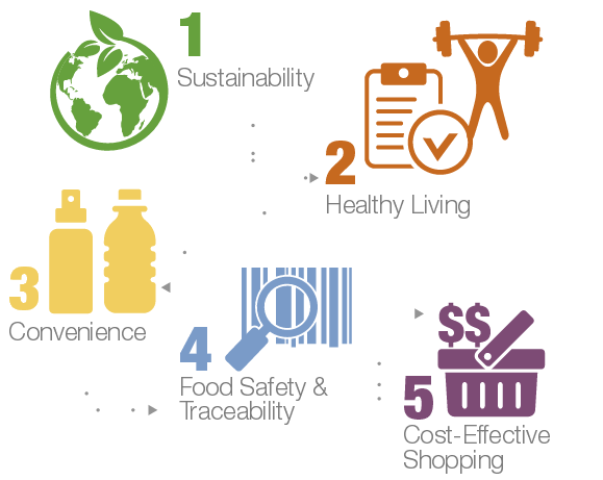December 27, 2015
Last week, SPI: The Plastics Industry Trade Association (Washington, D.C.) released its third report, “Packaging Market Watch: Plastics Packaging Wraps it Up,” in a series of in-depth studies that examine how the consumer market impacts various segments of the plastics industry. According to the packaging report, the current fast-paced, environmentally-conscious consumer market will continue to drive the demand for innovative plastic packaging.
|
Image courtesy of SPI. |
The report pools together the expertise of Ken Gronbach, a multi-generational marketing expert and author; the Society of Plastics Engineers; the U.S. Environmental Protection Agency; among others. Together, their collaborative research and data provide the backdrop critical to understanding the countless benefits that plastics contribute to the $700 billion global packaging industry. Plastics account for one-third or $250 billion of the packaging industry, which is the largest single market for U.S. plastics.
“Plastic packaging is ubiquitous due to its many advantages over other material choices,” William R. Carteaux, SPI’s Pesident and CEO, said. “Plastic products are lighter, use less energy to produce and transport, and have multiple recycling and recovery options. Through cutting-edge science that’s produced bioplastics and other innovative applications, the plastics industry has answered the call of consumers who are deeply committed to reducing their carbon footprint.
“Plastics are tough enough to withstand the stresses of transportation, yet capable of screening out even the smallest particle of dust,” said Carteaux. “If plastics were not used for packaging, something else would be—and the obvious candidates are paper, cardboard, glass and metal.”
Other types of packaging would require 64 million metric tons of material, increasing energy waste by 80%, according to the Franklin Associates, a Kansas-based research firm quoted in Market Watch. The result would be a 130% spike in the carbon footprint.
Therefore, polymers consistently substitute for other materials in packaging because of their weight, strength, design flexibility and low cost. The global polymer industry is expected to rise with a CAGR of 3.9% over 2015-2020. The demand for polymers is driven by growth in end use markets, like packaging, mainly from emerging economies.
About the Author(s)
You May Also Like



